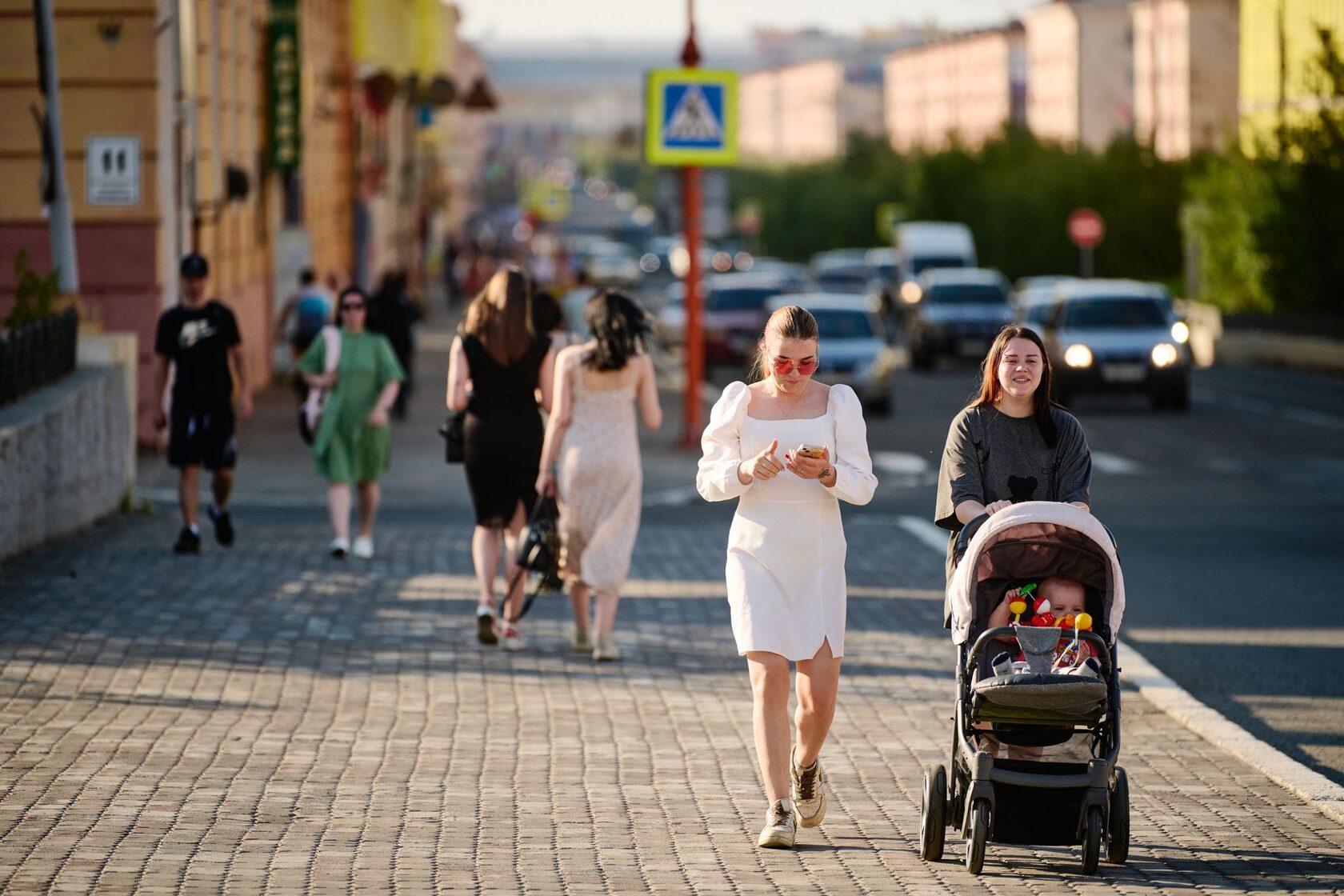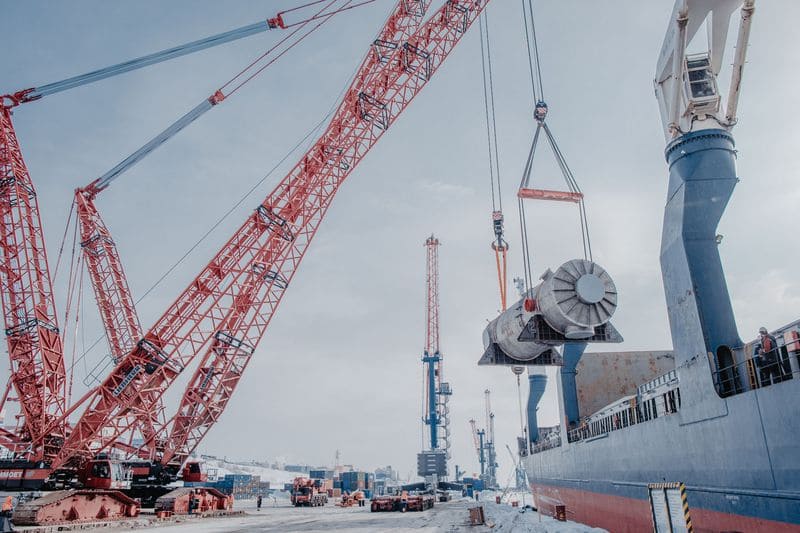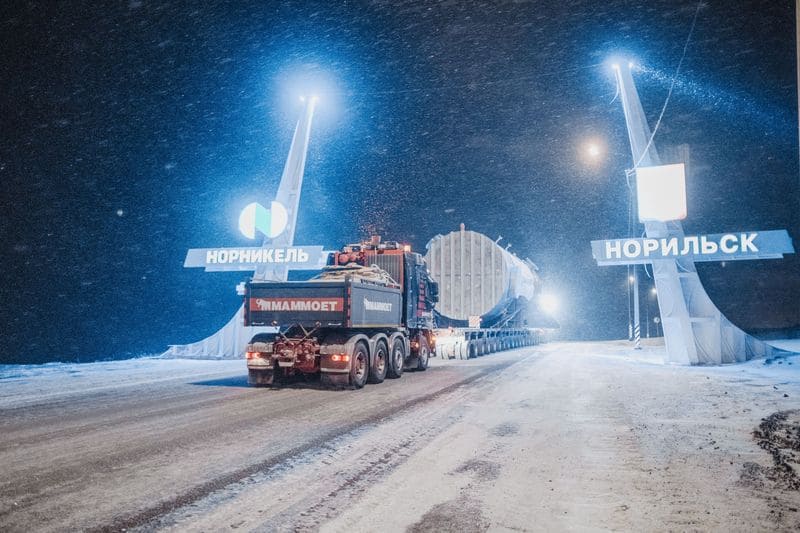The Sulfur Program at the Norilsk Nadezhda Smelter will reach full capacity before the end of 2024. Sulfur dioxide emissions will be reduced by a quarter of all the country’s SO2 emissions. The Sulfur Program was launched on 25 October 2023 as part of the Federal Clean Air Project.
What is it about?
Sulfur dioxide is a colorless gas that is released during production of non-ferrous metals. It is categorized as class III environmental hazard and is harmless in small concentrations. However, if sulfur dioxide is released into the atmosphere in large quantities, a human may start to cough, but nature will suffer more serious damage. The gas reacts with air moisture to form sulfuric acid, which becomes precipitation leaves a chemical burn on plants and acidifies the soil and water.
Nornickel's Sulfur Program is a high-tech way to convert sulfur dioxide into sulfuric acid and then neutralizes it by using an alkaline solution to transform it into harmless gypsum. Neutralization is achieved through the use of lime milk. In order to mine the required quantities of limestone Nornickel especially developed the Mokulaevskoye deposit.
Nornickel's Sulfur Program is a high-tech way to convert sulfur dioxide into sulfuric acid and then neutralizes it by using an alkaline solution to transform it into harmless gypsum. Neutralization is achieved through the use of lime milk. In order to mine the required quantities of limestone Nornickel especially developed the Mokulaevskoye deposit.
First results of the Sulfur Program
More than 65 kt of sulfur dioxide
have been recycled at the Nadezhda Smelter since the launch of the Sulfur Program.
A 20%
reduction of sulfur dioxide emissions in Norilsk will be achieved in 2024.
A 45% or more than 900 ktpa
decrease of sulfur dioxide emissions will be achieved in 2025 after the program reaches its full design capacity. The benchmark is the volume of emissions in 2015 before the start of the program.
This is how it was done
It took three years to complete the first stage of this project and the company had to invest more than RUB 180 billion. During this period, the coronavirus pandemic occurred and sanctions were imposed, which complicated construction. However, we found 90% of the required equipment from manufacturers in Russia and friendly countries. And this equipment was non-standard: the weight of the heat exchangers that oxidize sulfur dioxide is 130-230 tonnes.
It was no easy task to bring them to the Arctic. This region does not have a connected railway service, and there is a seasonal limit to navigation along the Yenisei. The equipment was shipped along the Northern Sea Route enabled by icebreakers.
It was no easy task to bring them to the Arctic. This region does not have a connected railway service, and there is a seasonal limit to navigation along the Yenisei. The equipment was shipped along the Northern Sea Route enabled by icebreakers.














